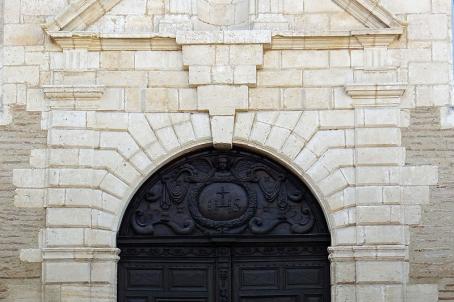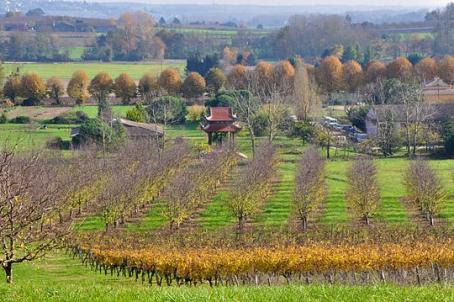Church of Notre-Dame
This rather massive church has a Romanesque nave ending in the east with a semicircular apse; the north aisle was added in the 16th century. The interest of this church lies especially in the choir where the Romanesque capitals represent, in the south, Daniel then animals and a frustres character; in the north, the Temptation with the tree, the snake, Eve, Adam, a dressed character (God?) and a bird. The whole testifies to a rich repertoire of motifs that are innovative compared to what was being done in the kingdom at the same time.
About this building
The 13th-century plan includes in a rectangle a central nave for important ceremonies and adjacent side chapels for more intimate ceremonies. It is in these chapels that the oldest sculptures from the 13th-14th centuries are found. This church has undergone some modifications, the most apparent of which date from the 19th century when the neo-gothic style gave great harmony to the monument. The spire from 1865, the vault and the stained glass windows from 1875-1880 show the ambition of the sponsors to imitate the Gothic cathedrals.






